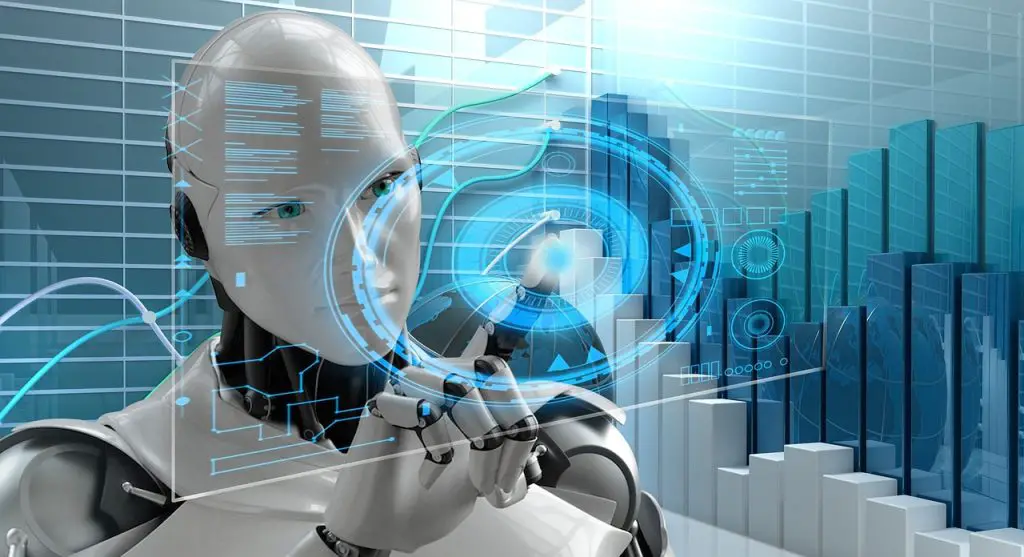A neural network is a type of machine learning algorithm that is modeled after the structure and function of the human brain. It consists of interconnected nodes, or neurons, that are organized into layers and process information in a way that enables it to learn from data and make predictions.
At a high level, a neural network receives input data, processes that data through a series of interconnected layers, and produces an output. The layers of a neural network are typically divided into three categories: the input layer, the hidden layer(s), and the output layer.
The input layer is where the neural network receives input data, which is typically in the form of numerical values. The hidden layer(s) process this input data, and the output layer produces the final output of the neural network. The number of hidden layers and the number of neurons in each layer can vary depending on the complexity of the problem being solved.
An example of a neural network in action can be seen in the field of image recognition. In this application, the neural network is trained on a dataset of images and their corresponding labels. The network learns to recognize patterns in the images and associates those patterns with the labels.
During the training process, the neural network adjusts the weights of the connections between neurons to minimize the difference between its predicted output and the true label of the input image. This process is known as backpropagation and allows the neural network to learn from its mistakes and improve its performance over time.
Once the neural network has been trained, it can be used to make predictions on new, unseen images. The input layer of the network receives the numerical representation of the new image, which is then processed through the hidden layers to produce an output. The output layer of the network produces a probability distribution over the possible labels for the image, and the label with the highest probability is chosen as the predicted label for the image.
For example, suppose we want to train a neural network to recognize handwritten digits. We would start by collecting a dataset of handwritten digits and their corresponding labels. Each image would be converted into a numerical representation, such as a matrix of pixel values.
We would then divide the dataset into a training set and a test set. The training set would be used to train the neural network, and the test set would be used to evaluate its performance on new, unseen images.
We would create a neural network with an input layer, several hidden layers, and an output layer. The input layer would have neurons corresponding to the number of pixels in the input images. The output layer would have neurons corresponding to the number of possible labels (in this case, the digits 0-9).
During the training process, the neural network would adjust the weights of the connections between neurons to minimize the difference between its predicted output and the true label of the input image. After training, the neural network would be able to recognize handwritten digits with a high degree of accuracy.
To use the neural network to make predictions on new, unseen images, we would feed the numerical representation of the image into the input layer of the network. The output layer would produce a probability distribution over the possible labels for the image, and the label with the highest probability would be chosen as the predicted label for the image.
In conclusion, a neural network is a type of machine learning algorithm that is modeled after the structure and function of the human brain. It consists of interconnected nodes, or neurons, that are organized into layers and process information in a way that enables it to learn from data and make predictions. An example of a neural network in action can be seen in the field of image recognition, where the network is trained to recognize patterns in images and associate those patterns with labels.







